#national etruscan museum
Text


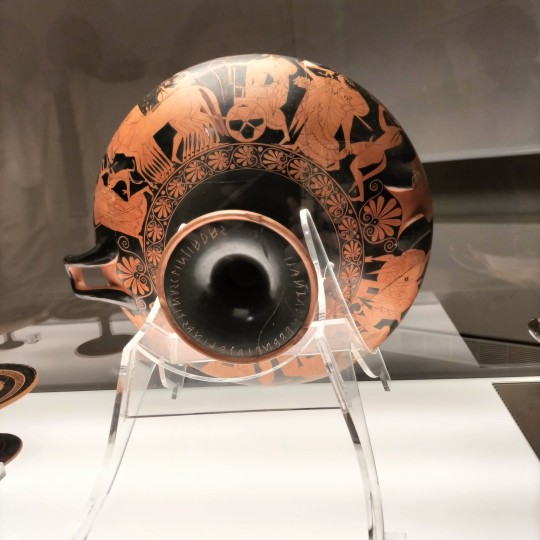
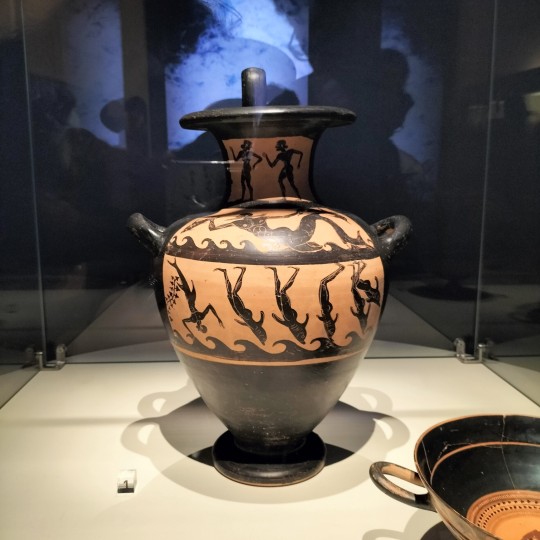

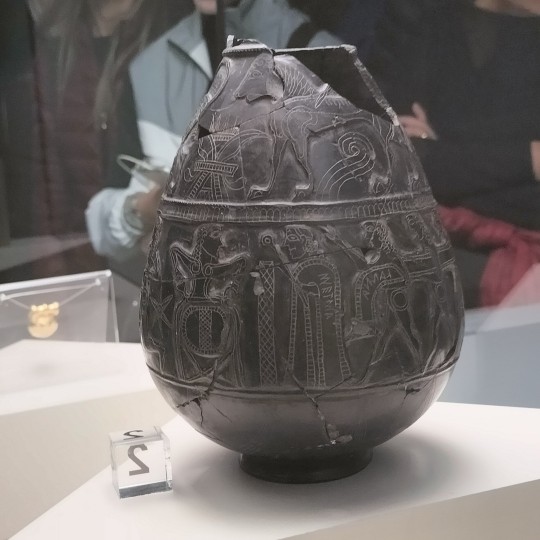

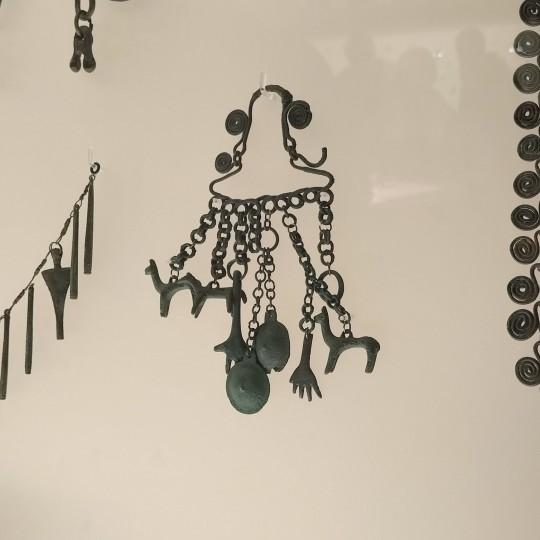
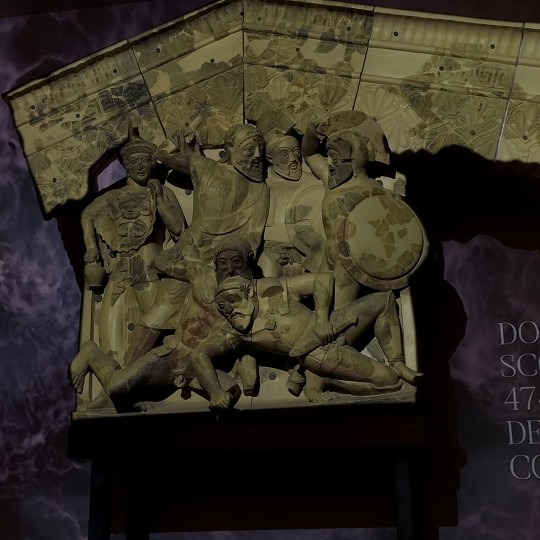

some pictures i took at the national etruscan museum of villa giulia in rome on nov 21st
#it's just me and IV century BCE fish plates against the world#i am in love with this museum. lighting fucking sucks tho#paiawon.txt#archaeoblr#archaeology#art history#etruscan#etruscan archaeology#tagamemnon#national etruscan museum#la chimera#greek pottery#etruscan pottery#apulian pottery#my photos#my pics
74 notes
·
View notes
Text

Etruscan head of a youth from Veii 430-420 BCE. National Etruscan Museum of Villa Giulia.
665 notes
·
View notes
Text
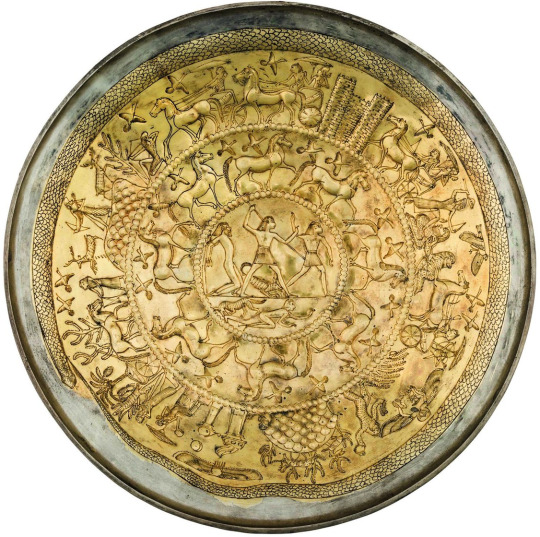

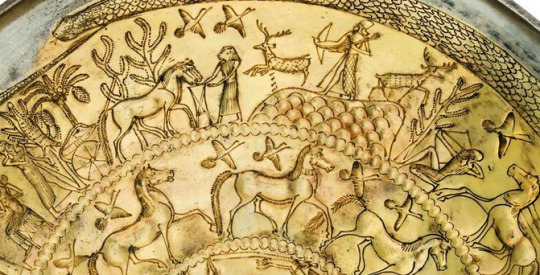

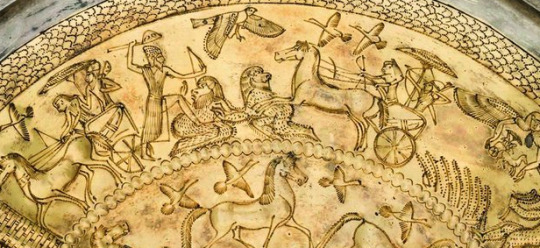
Phoenician Bowl with encircling Serpent
Bernardini Tomb (Palestrina, Italy)
c. 700 BCE
The National Etruscan Museum of Villa Giulia
Rome, Italy
#cyprus#rome#italy#egypt#egyptian gods#canaan#canaanite gods#phoenicia#phoenician gods#aram#aramean gods#syria#syrian gods#levantine gods#mesopotamia#mesopotamian gods#pagan gods#polytheism#archeology#magic#witchcraft#witchblr#paganblr#occult#uroboros#ouroboros#warfare#hunting#soldiers#birds
1K notes
·
View notes
Text

Partial dentures consisting of a pair of teeth in a gold mount, Etruscan, circa 600 BC
from The National Museums, Liverpool
350 notes
·
View notes
Text

Ivy Nicholson, National Etruscan Museum of Villa Giulia, Photo by Pasquale De Antonis, 1956
316 notes
·
View notes
Text

Jacques-Albert Senave - Copyist in a gallery of the Louvre -
oil on panel, height: 28.5 cm (11.2 in); width: 36.2 cm (14.2 in)
Louvre Museum
The Louvre or the Louvre Museum is a national art museum in Paris, France. It is located on the Right Bank of the Seine in the city's 1st arrondissement (district or ward) and home to some of the most canonical works of Western art, including the Mona Lisa and the Venus de Milo. The museum is housed in the Louvre Palace, originally built in the late 12th to 13th century under Philip II. Remnants of the Medieval Louvre fortress are visible in the basement of the museum. Due to urban expansion, the fortress eventually lost its defensive function, and in 1546 Francis I converted it into the primary residence of the French kings.
The building was extended many times to form the present Louvre Palace. In 1682, Louis XIV chose the Palace of Versailles for his household, leaving the Louvre primarily as a place to display the royal collection, including, from 1692, a collection of ancient Greek and Roman sculpture. In 1692, the building was occupied by the Académie des Inscriptions et Belles-Lettres and the Académie Royale de Peinture et de Sculpture, which in 1699 held the first of a series of salons. The Académie remained at the Louvre for 100 years. During the French Revolution, the National Assembly decreed that the Louvre should be used as a museum to display the nation's masterpieces.
The museum opened on 10 August 1793 with an exhibition of 537 paintings, the majority of the works being royal and confiscated church property. Because of structural problems with the building, the museum was closed from 1796 until 1801. The collection was increased under Napoleon and the museum was renamed Musée Napoléon, but after Napoleon's abdication, many works seized by his armies were returned to their original owners. The collection was further increased during the reigns of Louis XVIII and Charles X, and during the Second French Empire the museum gained 20,000 pieces. Holdings have grown steadily through donations and bequests since the Third Republic. The collection is divided among eight curatorial departments: Egyptian Antiquities; Near Eastern Antiquities; Greek, Etruscan, and Roman Antiquities; Islamic Art; Sculpture; Decorative Arts; Paintings; Prints and Drawings.
The Musée du Louvre contains approximately 500,000 objects and displays 35,000 works of art in eight curatorial departments with more than 60,600 m2 (652,000 sq ft) dedicated to the permanent collection. The Louvre exhibits sculptures, objets d'art, paintings, drawings, and archaeological finds. At any given point in time, approximately 38,000 objects from prehistory to the 21st century are being exhibited over an area of 72,735 m2 (782,910 sq ft), making it the largest museum in the world. It received 8.9 million visitors in 2023, 14 percent more than in 2022, but still below the 10.1 million visitors in 2018, making it the most-visited museum in the world.
Jacques-Albert Senave (1758–1823) was a Flemish painter mainly active in Paris during the late 18th and early 19th centuries. He is known for his genre scenes, history paintings, landscapes, city views, market scenes and portraits.
26 notes
·
View notes
Photo
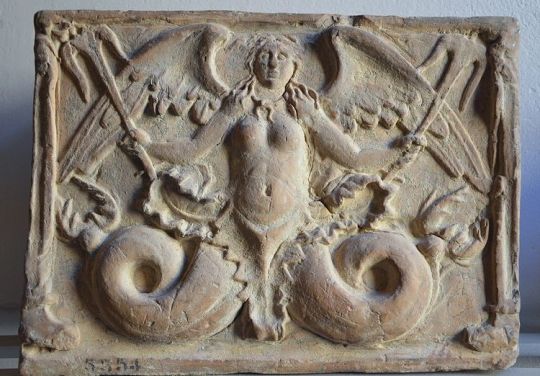
An Etruscan funerary urn from Volterra showing a winged Triton. 2nd century BCE. (National Archaeological Museum of Florence, Italy)
872 notes
·
View notes
Text
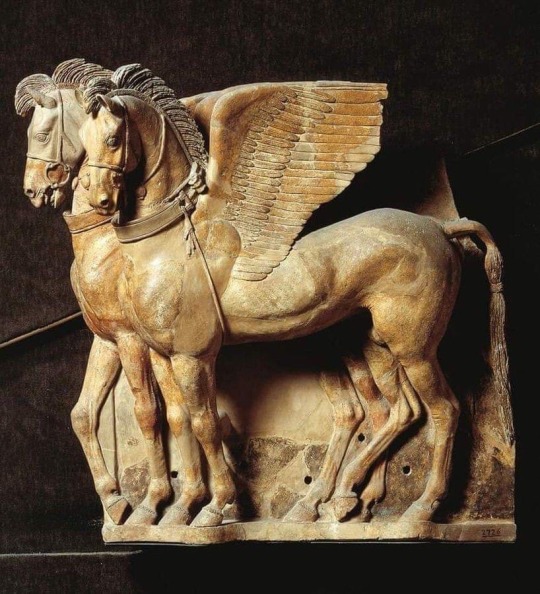
A pair of Etruscan terracotta winged-horses (350 BC) from the Temple of the Ara della Regina, Tarquinia.
National Archaeological Museum, Tarquinia, Italy
Credit: @archeohistories
395 notes
·
View notes
Photo
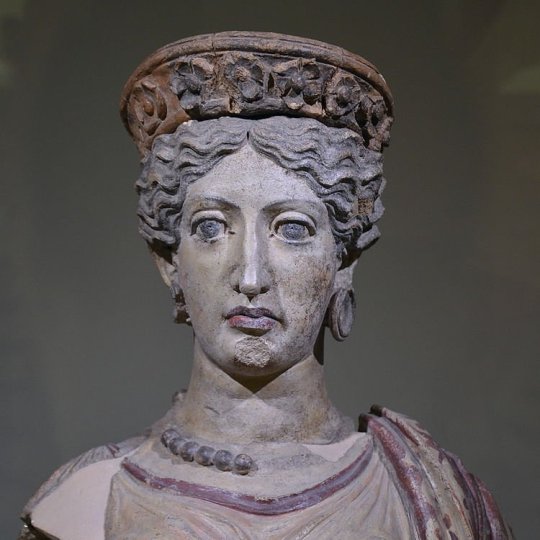
Etruscan Bust of Juno
Terracotta bust of Juno decorated with jewels, a royal diadem and a rich dress with peplum softly folded over the shoulder. From the Sanctuary of Juno Curitis at Celle, c. 380 BCE. (National Etruscan Museum of Villa Giulia, Rome)
103 notes
·
View notes
Text

Etruscan Amphora; 6th Century BC. National Roman Museum, Italy
10 notes
·
View notes
Note
Nancy, I'm an art illiterate but I've just found about etruscan sarcophagus and it's the most beautiful and tender thing, despite being about, well, dead people from more than 2000y ago. Have you ever seen them?
Yes, I've seen several, but that slab form one I posted from the Boston MFA is probably the best one I've ever seen in person.
The one I would love to see, which is basically considered the "greatest" of them all, is in Rome at the Villa Giulia Museum:
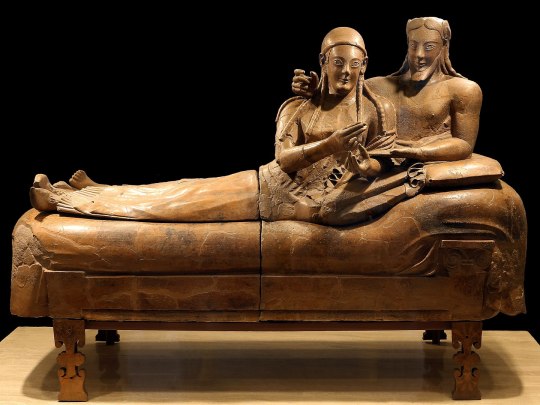
Sarcophagus of the Spouses, Etruscan, ca. 540-510 BCE, terracotta (National Etruscan Museum - Villa Giulia, Rome)

I love her little slippers and his bare feet, the striped bed cover. This is an alternate version in The Louvre. But, definitely same "studio" or "maker" as both are from Cerveteri.
32 notes
·
View notes
Text

And so, today is Mother's Day
Perhaps I should be particularly struck by this anniversary, given that my work has a lot to do with motherhood: but in reality the idea of beatifying and respecting women only when they are mothers has always irritated me deeply: in fact I I have always preferred to focus on aspects of my profession that allow women to freely experience their sexuality and reproductive choices. I was born and raised in a country where the greatest representation of women is Holy Mary, the prototype of the one who has never been able to choose anything about her life. And if 2000 years ago it was a situation common to many women, I really hoped that in 2024, thanks also to medical advances that allow safe and available Contraception and Termination of Pregnancy, it was just the distant memory of a chauvinist and patriarchal world. Instead, unfortunately, I was able to see first-hand how this is still the daily reality of many women in the world, never in control of their own bodies and their own lives.
And so, this morning, I wished my mother -who is still amazed to see me at home after all these months - for the Happy Day.
And I won't publish even one of my photos of mothers I've assisted, I really wouldn't know which one to choose, each of them is a precious bitch that I will remember fondly and keep for myself.
But there is a statue, which I saw as a very young student, which struck me for its calm naturalness and which I have always associated with motherhood: a woman from almost 3000 years ago, perhaps an ancestor of mine (very unlikely, but I have always felt a strong bond with the Etruscans), certainly not a virgin mother (let's leave those to Middle Eastern legends), just a young woman with her child, who continues to speak to me from the depths of time.
Happy Mother's Day.
One of the main masterpieces of Etruscan art preserved in the National Archaeological Museum of Florence is a mother breastfeeding a child: she is the Mater Matuta, the Italian goddess of the morning and the dawn, and consequently protector of fertility, motherhood and birth. She was found in a necropolis near Chianciano Terme. The work strikes the observer with its monumentality which however does not affect the degree of realism that the sculptor managed to give it (observe the naturalness of the movement of the hands holding the child, but also the folds of the drapery). In ancient times, the cult of the mother goddess was deeply rooted in Italian territory, this also explains why some depictions of mothers with their children have reached us in Etruscan sculpture. The votive statues could also represent newborns, and had the aim of obtaining protection from the divinities for the little ones.
#Mother's Day#Mater Matuta#Women's fundamental rights#Holy Mother#Archaeological Museum of Florence#Etruscan art
2 notes
·
View notes
Photo

Etruscan head of a youth from Veii 430-420 BCE. National Etruscan Museum of Villa Giulia
49 notes
·
View notes
Text

An Etruscan Amphora; 6th Century BC. It is now on display with other repatriated art (almost exclusively Etruscan or Greek) in Aula Ottagona, a part of Baths of Diocletian now used as a exhibition space for National Roman Museum in Rome.
23 notes
·
View notes
Text

Gold swivel ring with carnelian intaglio depicting a warrior, Etruscan, 4th-3rd century BC
from The National Museums, Liverpool
192 notes
·
View notes
Text

Clay Torso with Organs from Cales, Italy dated to the 1st Century CE on display at the National Archaeological Museum in Madrid, Spain
Under the protection of Aesculapius, the healing god, Roman medicine drew heavily on Greek science and Egyptian and Etruscan practices. Medical treatments included surgery, pharmacopoeia, hygiene and dietetics.
The Romans perfected medical instruments used in diagnostics, such as probes in surgery, such as scalpels, needles, forceps and scissors; and in pharmacy, such as measuring spoons and spatulas.
Models like this were used to teach students of medicine about where organs were in the body for surgery.
Photographs taken by myself 2019
#archaeology#art#roman empire#italy#italian#history#ancient#1st century#national archaeological museum#madrid#barbucomedie
14 notes
·
View notes